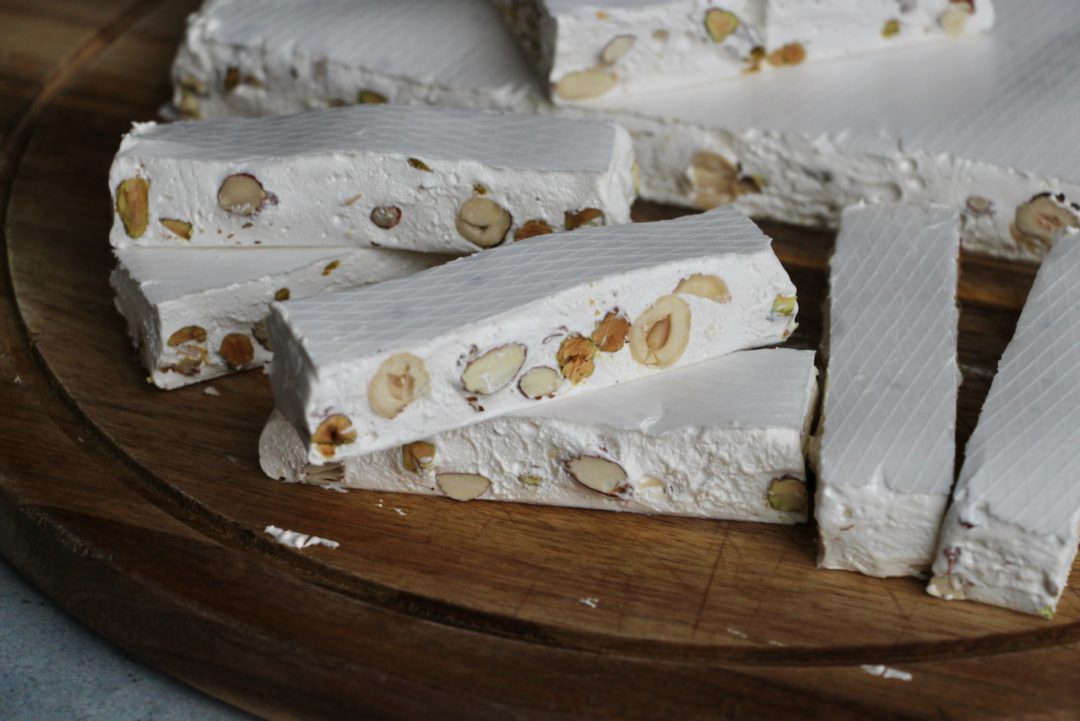Hey food lovers!
Here’s a recipe that was sorely missing from the blog during this festive season.
So here it is at last: the famous nougat!
Find the full recipe on my new english website here : The Nougat

Hey food lovers!
Here’s a recipe that was sorely missing from the blog during this festive season.
So here it is at last: the famous nougat!
Find the full recipe on my new english website here : The Nougat
Retrouvez mes recettes et vidéos sur Instagram !
No Comments